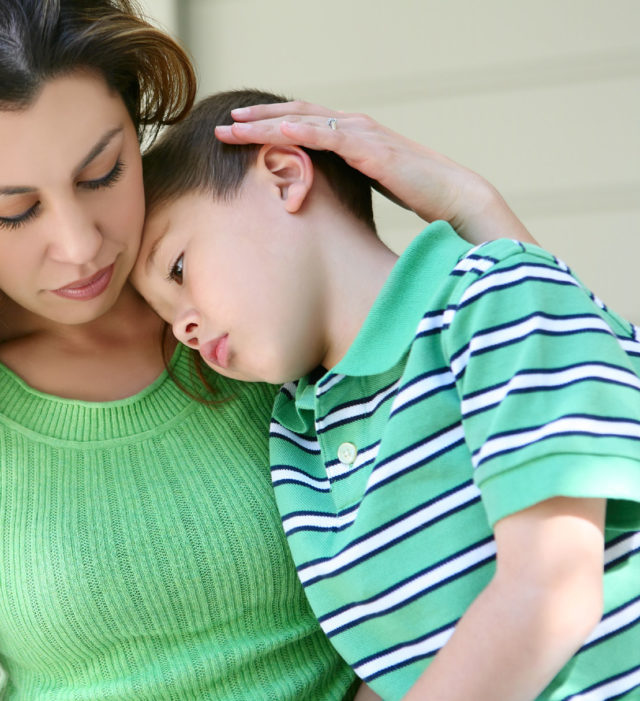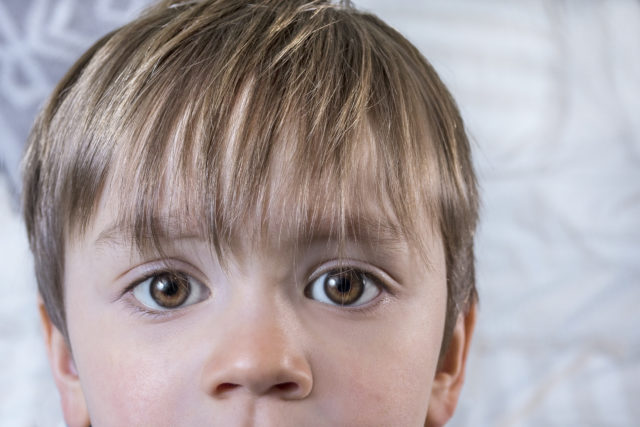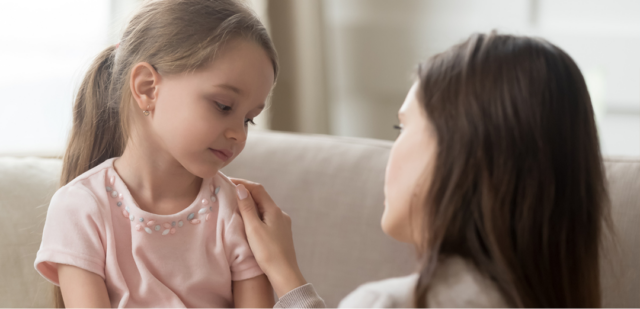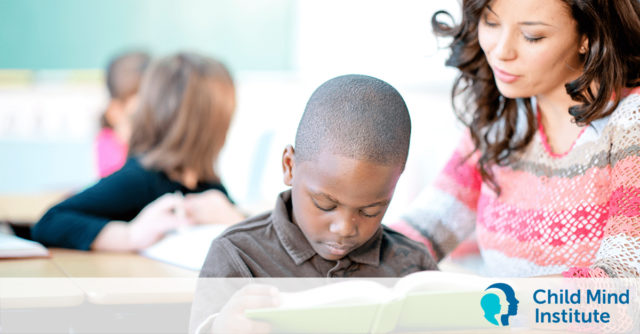TOPICS
Anxiety
Learn about different types of anxiety, signs of the disorder, and how to support anxious kids in school and at home.

About Anxiety
Anxiety is the most common mental health disorder in children and adolescents. While treatment can be very effective, diagnosis can be tricky, because anxiety can show up in lots of different ways, including nervousness, headaches and stomachaches, avoidance, extreme shyness, and even behavioral outbursts. Kids can develop any number of fears: separating from parents, trying new foods, crowds, particular subjects at school, and more.
Anxiety Basics
There are many ways that anxiety can impact children, and the symptoms are not always obvious. Start here to learn to recognize the signs of anxiety in children and adolescents
Helping Anxious Kids
It can be hard for a parent to watch their child worry or struggle, but there is a lot that parents can do to help. From managing your own emotions to equipping your child with coping strategies, here are some resources.
Anxiety and School
School can be anxiety provoking for any number of reasons, whether a child has social struggles, a learning disability, or a hard time separating from parents.
Treatment for Anxiety in Children
Once anxiety has been diagnosed, children tend to respond well to treatment. Options include therapy, mindfulness, medication, or a combination.
Generalized Anxiety Disorder
Children with generalized anxiety disorder have a lot of worry about a variety of everyday things rather than one specific thing.
Separation Anxiety Disorder
Kids with separation anxiety are extremely afraid of being away from parents or caregivers.
Social Anxiety Disorder
Children with social anxiety aren’t just shy. They experience intense worry about embarrassing themselves or being judged negatively by others.
Illness Anxiety Disorders
Children with illness anxiety disorders constantly worry that they’re sick to the point that it is disruptive.
Panic Disorder
Kids with this disorder experience repeated panic attacks, which have symptoms that can feel like a heart attack. They often avoid situations they fear will trigger another attack.
Specific Phobias
A specific phobia means that a child is intensely afraid of a particular thing, like dogs or heights.
Selective Mutism
Kids with selective mutism are usually talkative at home but unable to talk in other settings (like in school or public places). This anxiety disorder goes beyond being a little shy and can make it difficult to fully participate in activities like school.
All Anxiety
Resources

























































